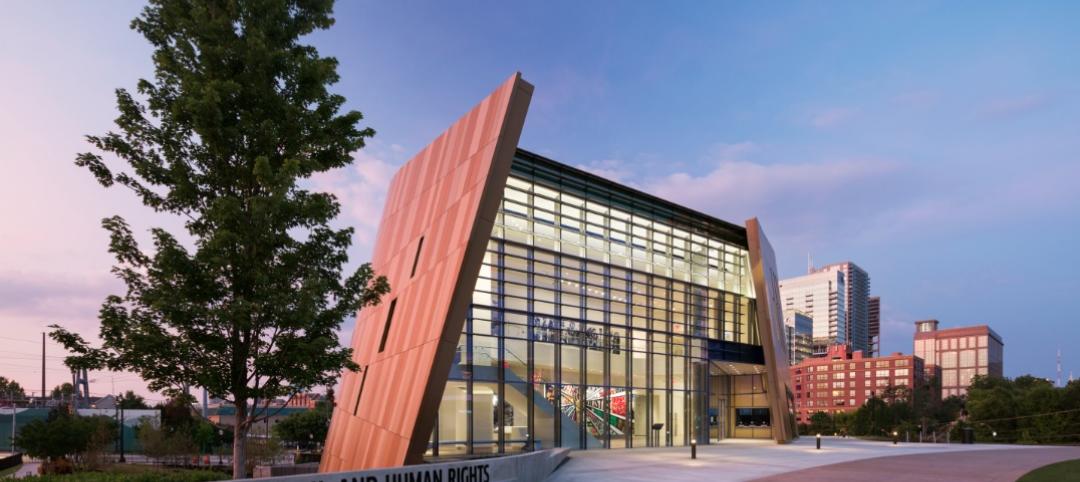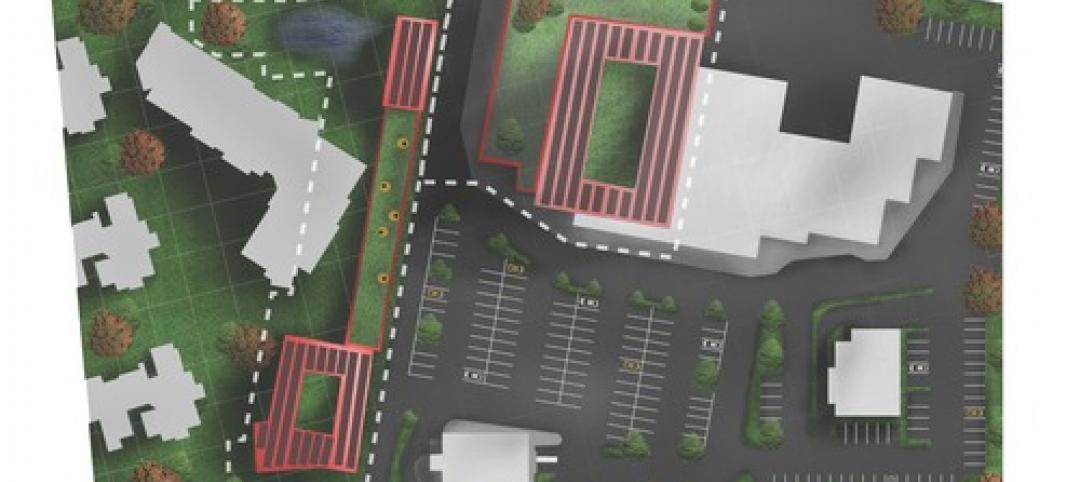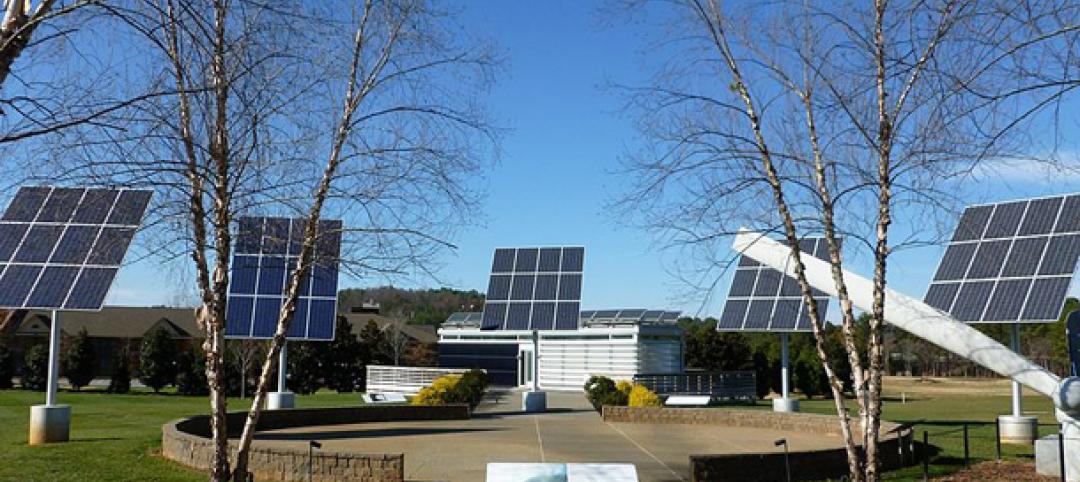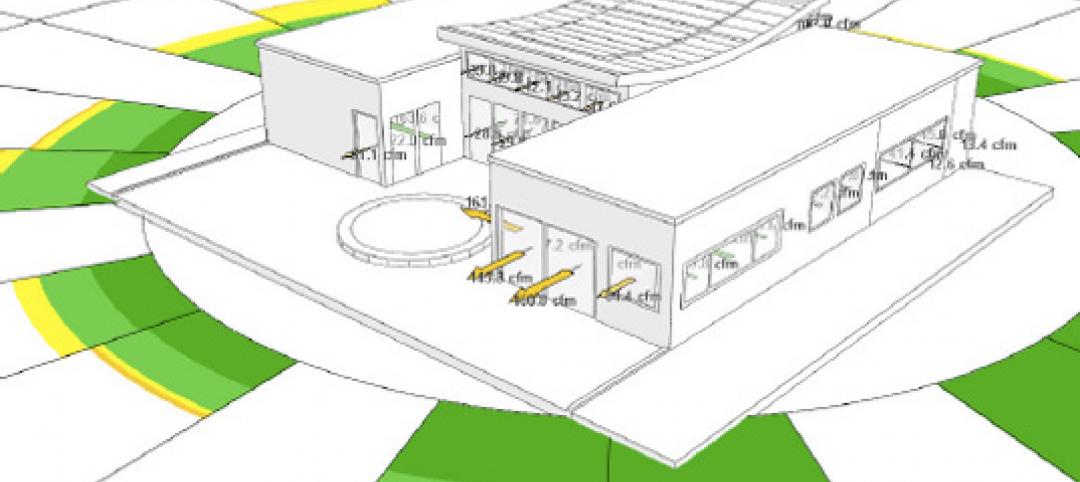Since April, Arup, the global built environment consultant, has been gathering data on an undisclosed number of buildings it has worked as a prelude to its commitment, which commenced this month, to conduct whole lifecycle carbon assessments for all of its construction and renovation projects going forward.
Those assessments will attempt to estimate a building’s carbon emissions from pre- and post construction, and encompass such variables as manufacturing, transportation, materials selection, operations, and maintenance. Arup estimates that as much as half of a building’s lifecycle CO2 emissions is attributable to embodied carbon before the building is operational.
Arup’s goal through its commitment is to confidently advise its developer-owner clients, within budgetary and quality parameters, on what products for each of a building’s systems and subsystems will produce the least amount of carbon emissions during a building’s duration. “We’re attempting to build our insights so that CO2 becomes a performance metric,” explains Erin McConahey, PE, FASHRAE, Principal and Arup Fellow. What’s been lacking—and what Arup is trying to address with its assessments—has been a critical mass of data.
ASSESSMENTS REQUIRED MORE DATA
When it announced its commitment last November, Arup stated that fewer than 1 percent of building projects was evaluated to quantify carbon emissions over their lifecycles.
Adopting whole lifecycle carbon assessments is essential to Arup’s and the building sector’s shared ambition to reduce projects’ carbon emissions 50 percent by 2030. The insights gained from conducting thousands of whole lifecycle carbon assessments each year “will help the built environment sector advance toward net zero,” stated the firm, which is developing similar methodology to extend its assessments to its infrastructure work.
Using a digital platform it devised, hundreds of project teams at Arup have been collecting carbon data on several of its 1,300 projects that met certain dollar thresholds of activity within the last fiscal year, and on whose design Arup was directly involved, says McConahey. That platform leverages materials information from measuring tools such as the Embodied Carbon in Construction Calculator (EC3), whose database allows users to compare materials for their embodied carbon impact; and Environmental Product Declarations (EPDs), through which manufacturers present objective, third-party verified data to report on the impact of their products and services.
McConahey says that, at present, manufacturers “are the only source of truth” when it comes to lifecycle carbon assessments of their own products. She adds that more contractors are asking for EPDs as part of their bidding and estimating.
DESIGNING FOR CARBON REDUCTION
The data that Arup has been assembling will allow the firm to review and adjust its design practices “using carbon rules of thumb,” says McConahey. Early next year, Arup intends to share some of its top-line insights with the industry, with an aspiration of providing a blueprint for the built environment’s path toward net zero.
Arup’s commitment is part of an ever-growing focus on environmental, social, and governance topics and reporting for construction and engineering firms. “Health, safety and labor; contracts and competitive bidding; and carbon emissions from buildings and construction form the backbone of their ESG agendas,” wrote the accounting and management consultant EY in a paper it posted last November about the state of ESG in the engineering and construction industry.
That paper found that among the 24 engineering and construction companies reviewed, leaders were making disclosures against at least 20 of 24 metrics covering ESG issues. This level of transparency is being driven by investors that evaluate ESG performance on corporate disclosures; and by Millennial workers who are three times more likely to seek employment with a company because of its stances on environmental and/or social issues.
Related Stories
Energy Efficiency | Mar 4, 2015
DOE launches crowdsourcing website for technology innovators
The Oak Ridge National Laboratory launched a new crowdsourcing website called the Buildings Crowdsoucing Community to collect and share ideas by innovators for energy-efficient technologies to use in homes and buildings.
Cultural Facilities | Feb 25, 2015
Bjarke Ingels designs geodesic dome for energy production, community use
A new building in Uppsala, Sweden, will serve as a power plant during the winter and a venue for shows, festivals, and music events during the warm months.
Multifamily Housing | Feb 18, 2015
Make It Right unveils six designs for affordable housing complex
BNIM is among the six firms involved in the project.
Codes and Standards | Feb 12, 2015
ASHRAE, USGBC, IES consider biomass requirements in green building standard
The proposal would add biomass to approved renewables.
Green | Feb 4, 2015
Illinois leads top 10 states for LEED green building
Collectively, 1,662 commercial and institutional projects became LEED certified within the top 10 states in 2014, representing 251.7 million sf of real estate.
| Jan 14, 2015
Winners of the 2014 Architecture at Zero competition announced
The competition challenged design teams to create zero-net-energy buildings for the Jack London Gateway project site in Oakland, Calif.
| Jan 7, 2015
Department of Energy seeks public input on definition for zero-energy buildings
A broadly accepted market definition of zero-energy buildings is foundational to efforts by governments, utilities, or private entities to recognize or incentivize zero energy buildings.
Smart Buildings | Jan 7, 2015
NIBS report: Small commercial buildings offer huge energy efficiency retrofit opportunities
The report identifies several barriers to investment in such retrofits, such as the costs and complexity associated with relatively small loan sizes, and issues many small-building owners have in understanding and trusting predicted retrofit outcomes.
| Dec 28, 2014
Using energy modeling to increase project value [AIA course]
This course, worth 1.0 AIA LU/HSW, explores how to increase project value through energy modeling, as well as how to conduct quick payback and net present value studies to identify which energy strategies are most viable for the project.
| Dec 19, 2014
Zaha Hadid unveils dune-shaped HQ for Emirati environmental management company
Zaha Hadid Architects released designs for the new headquarters of Emirati environmental management company Bee’ah, revealing a structure that references the shape and motion of a sand dune.
















